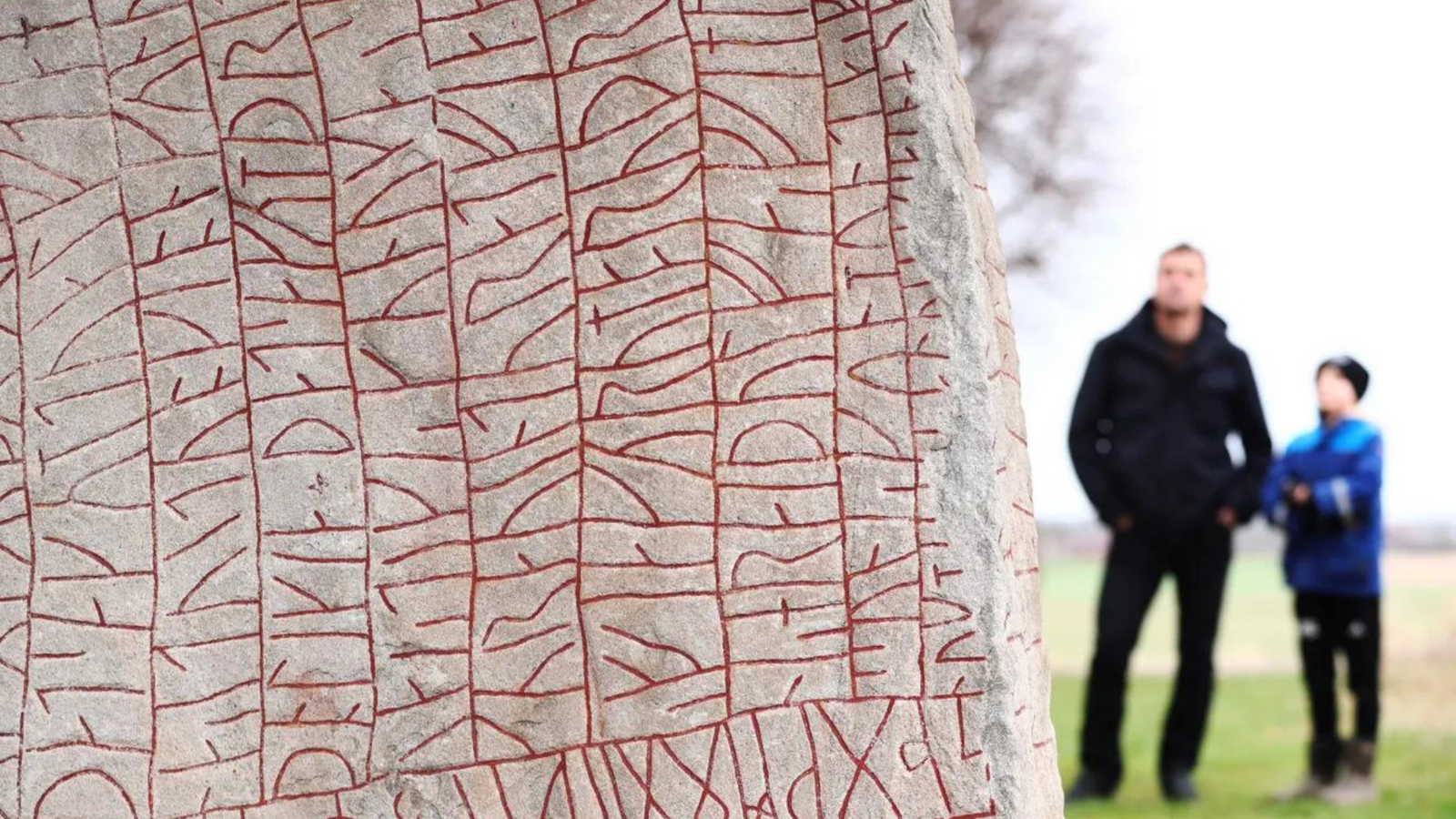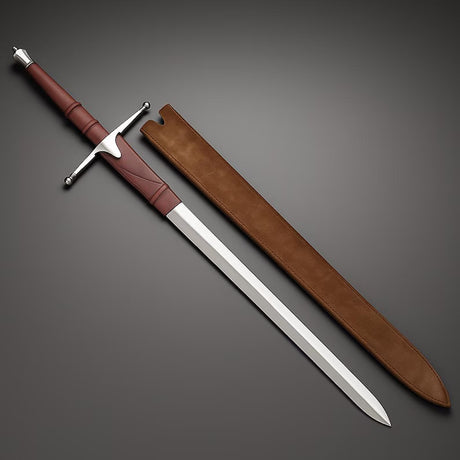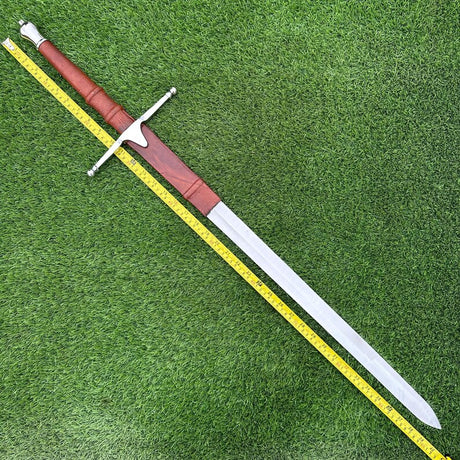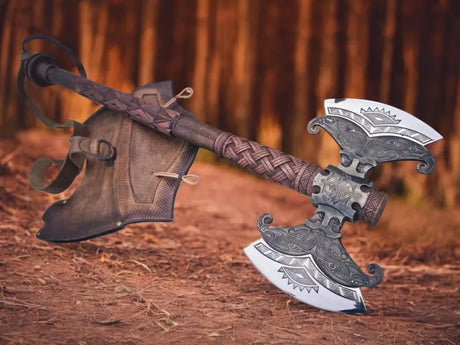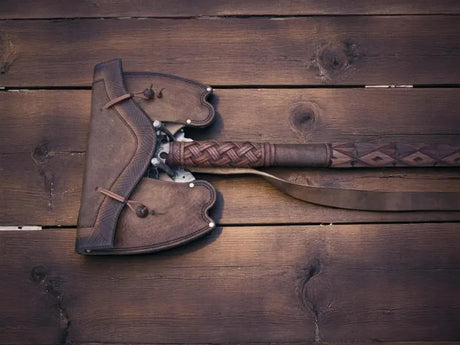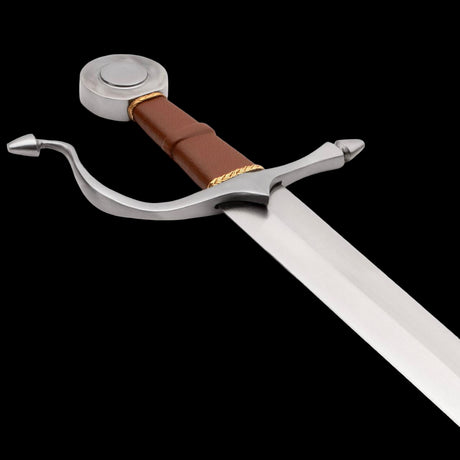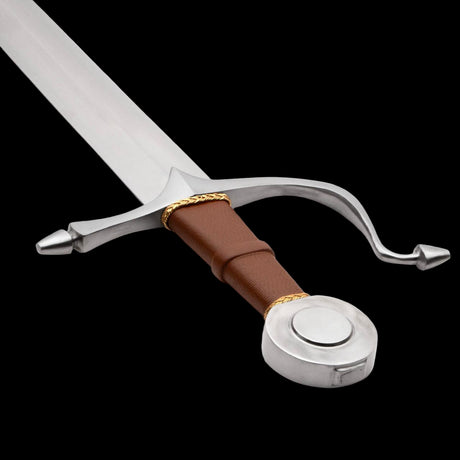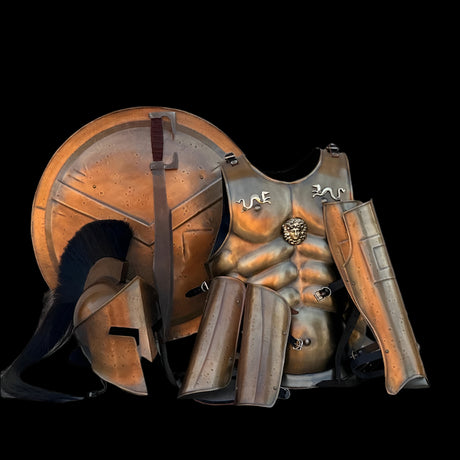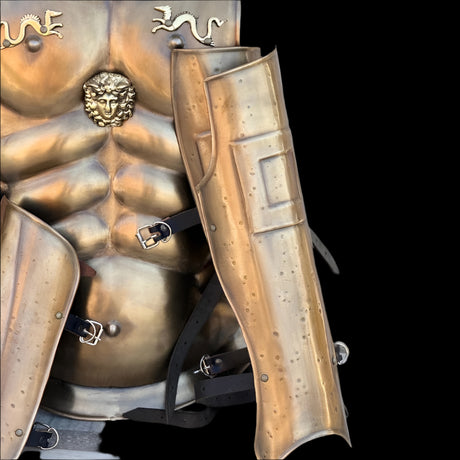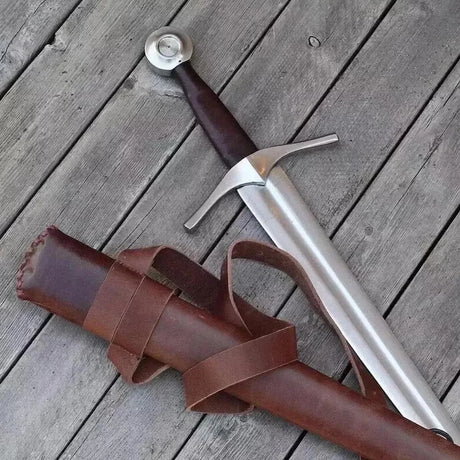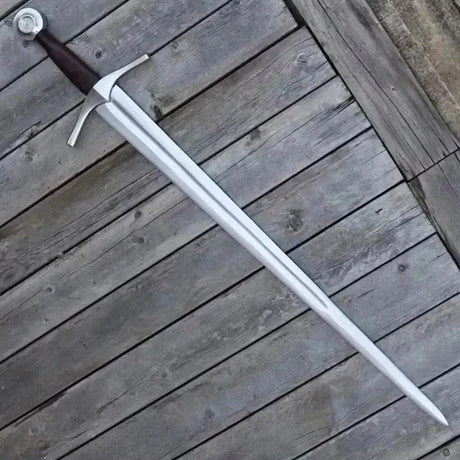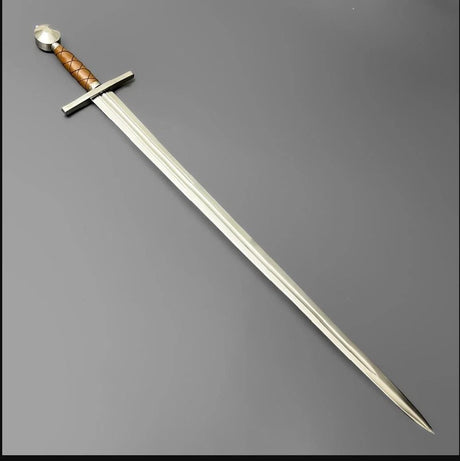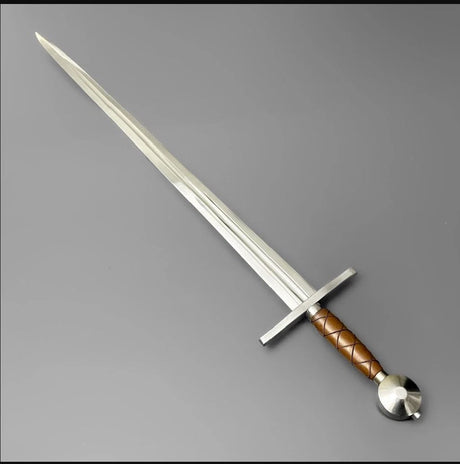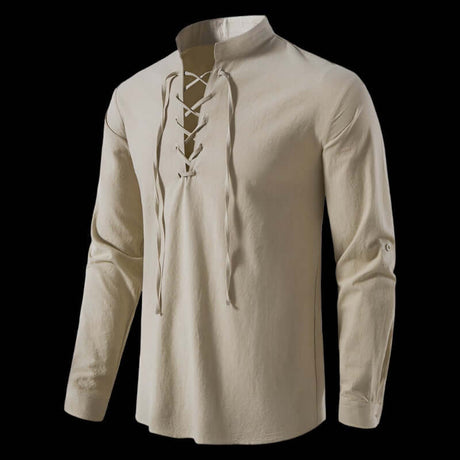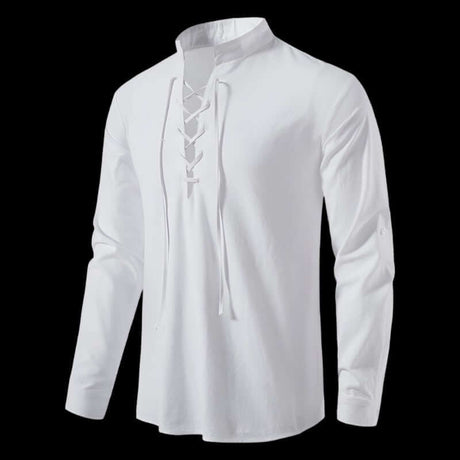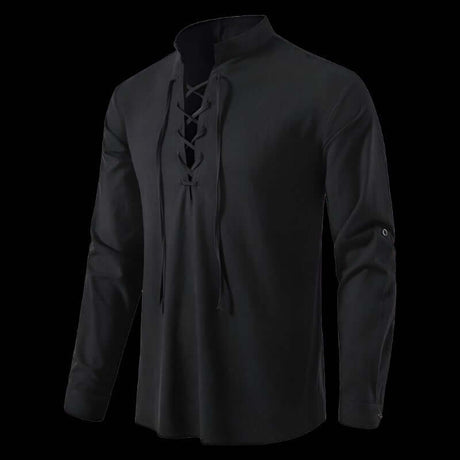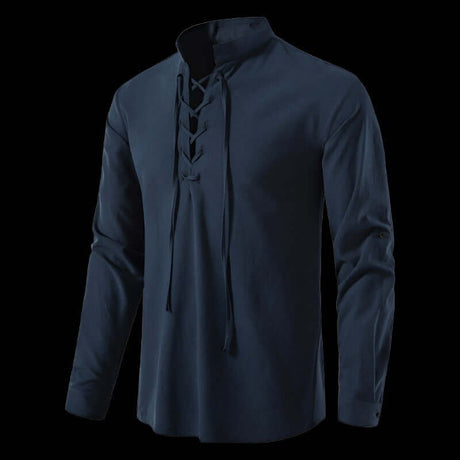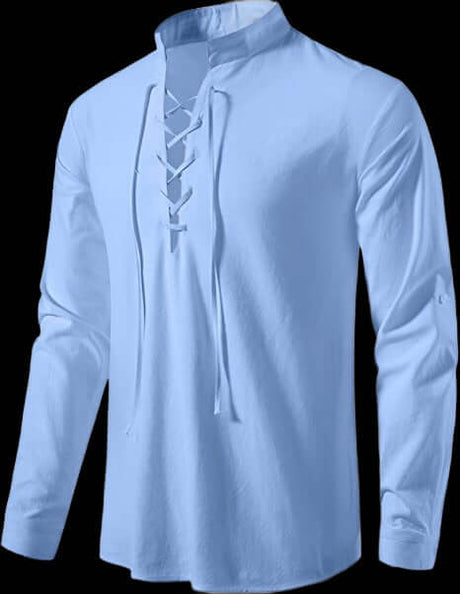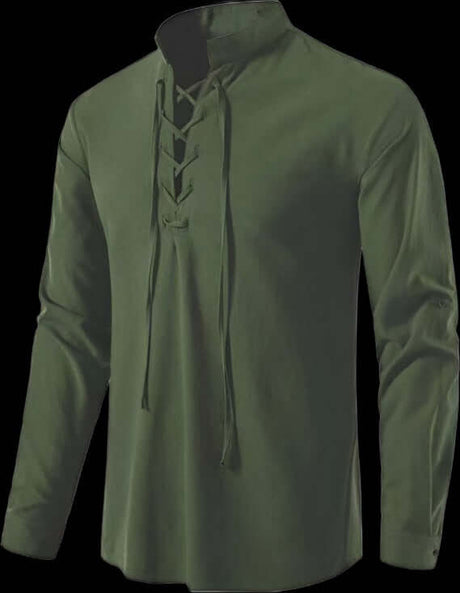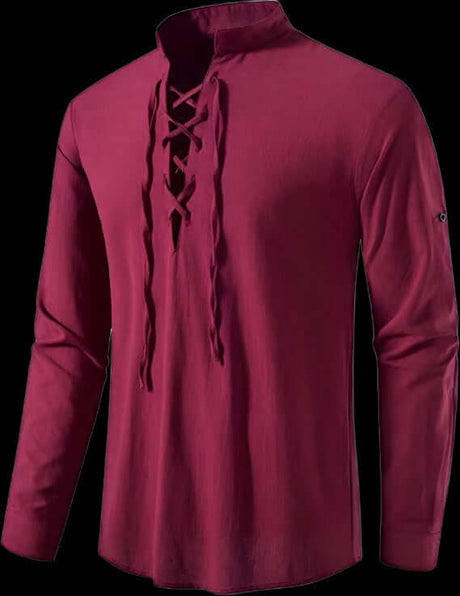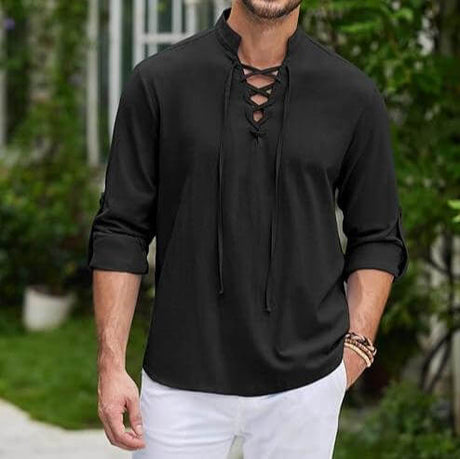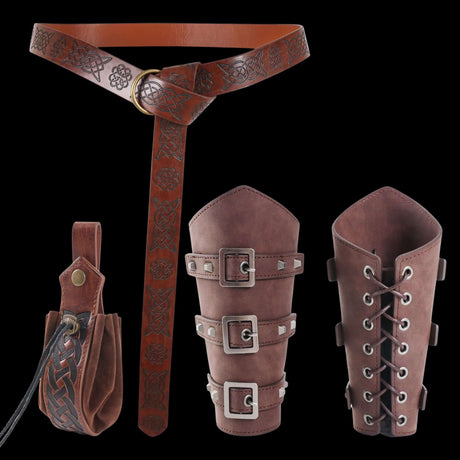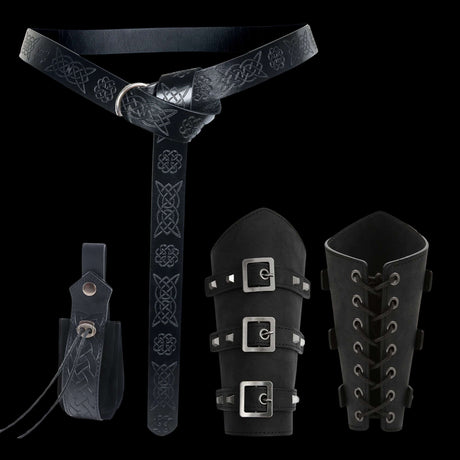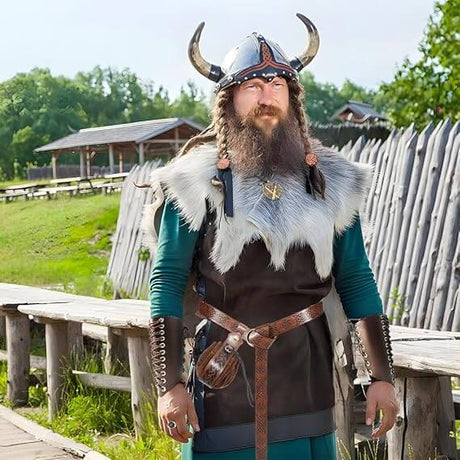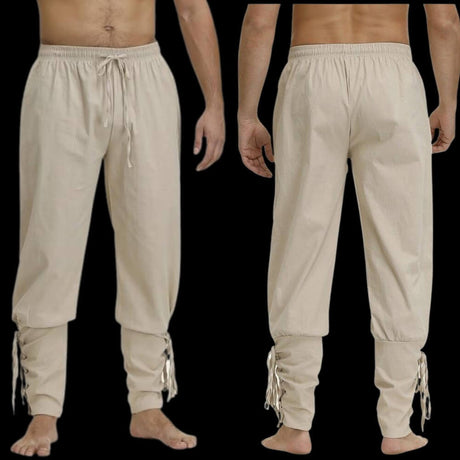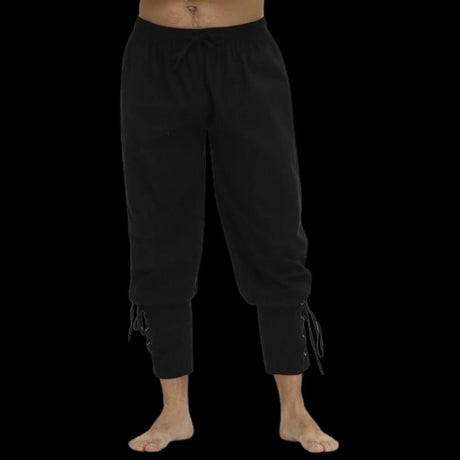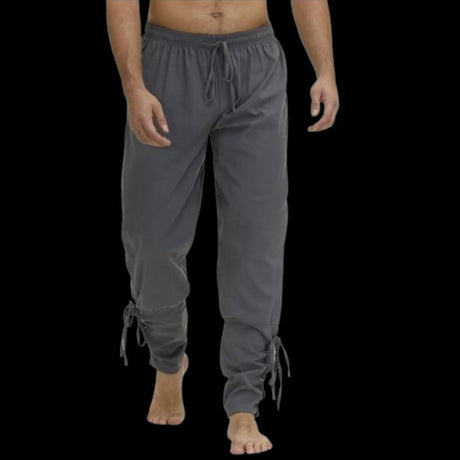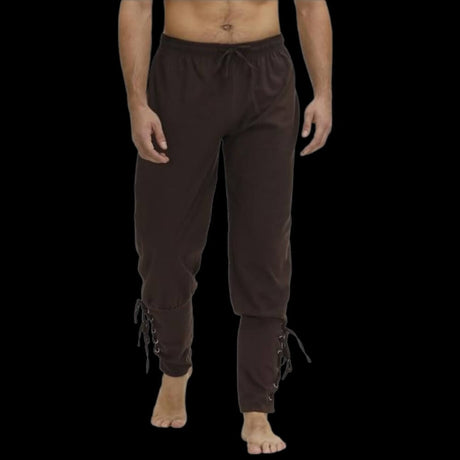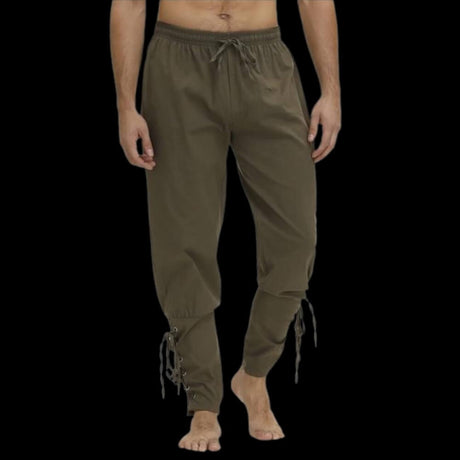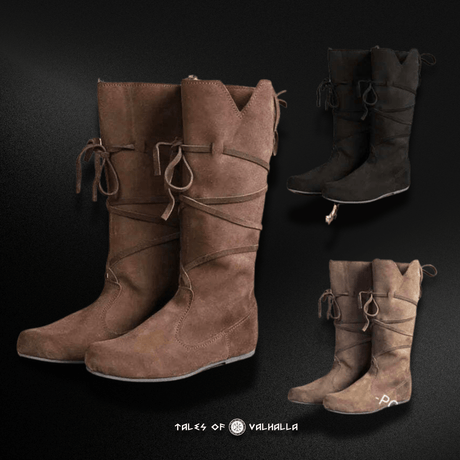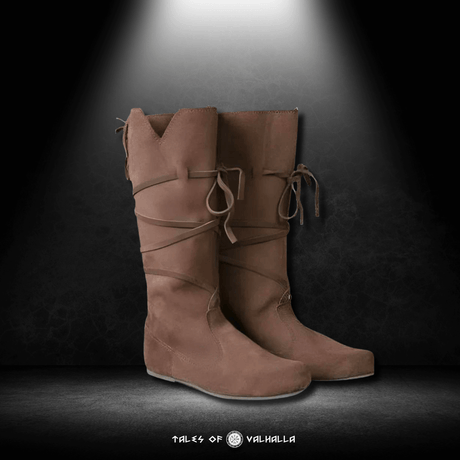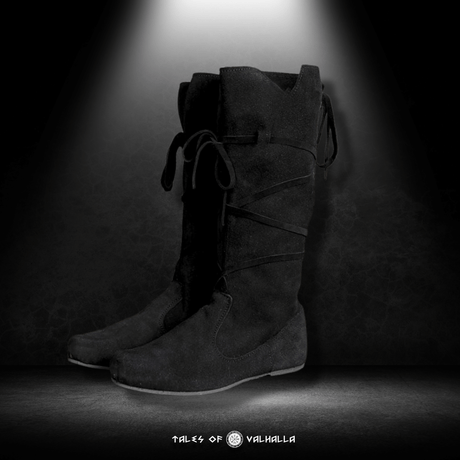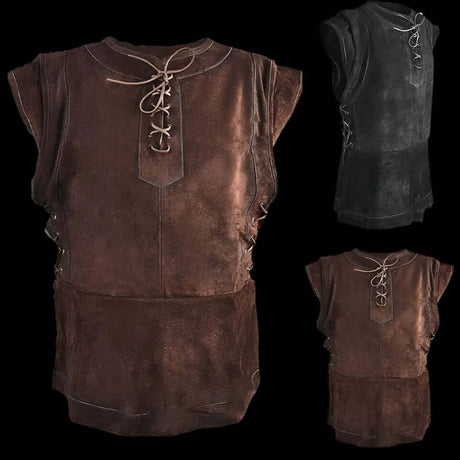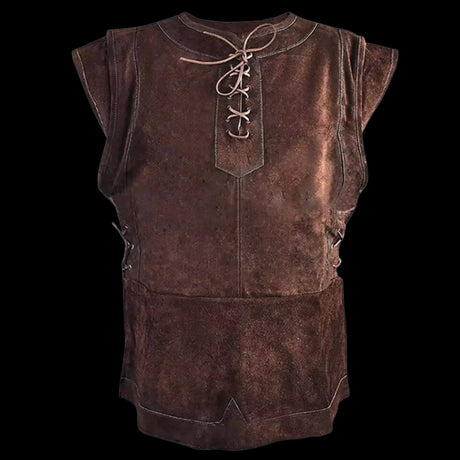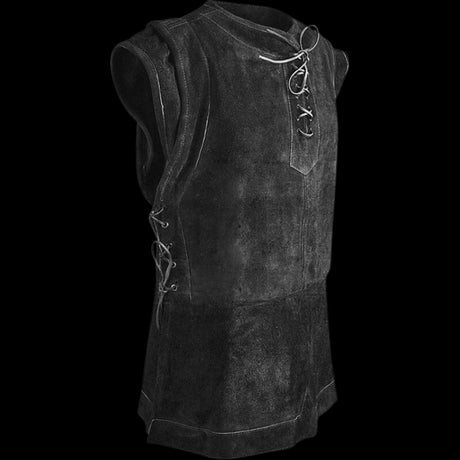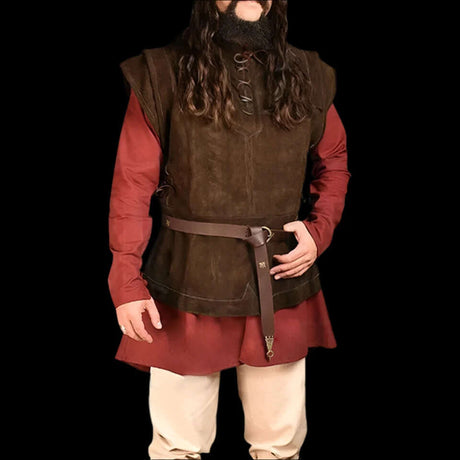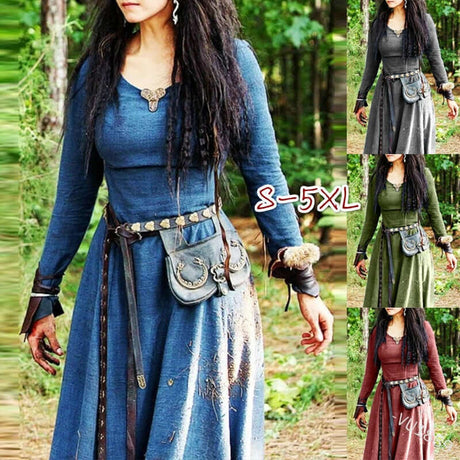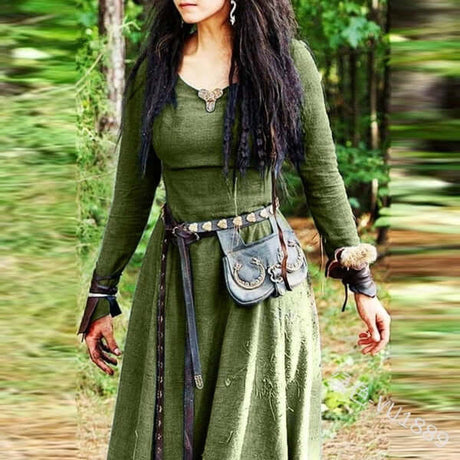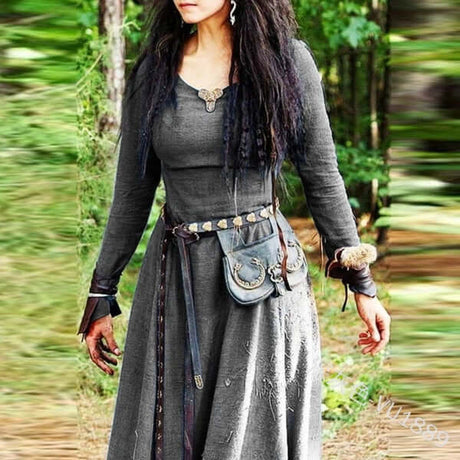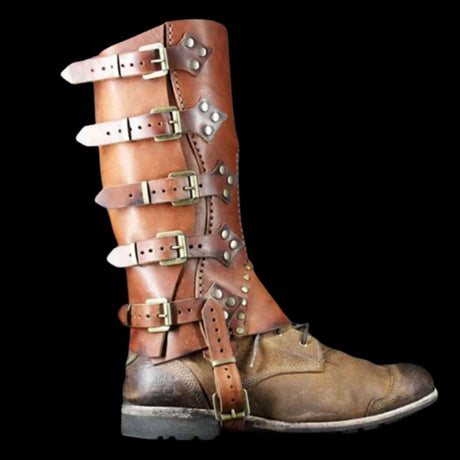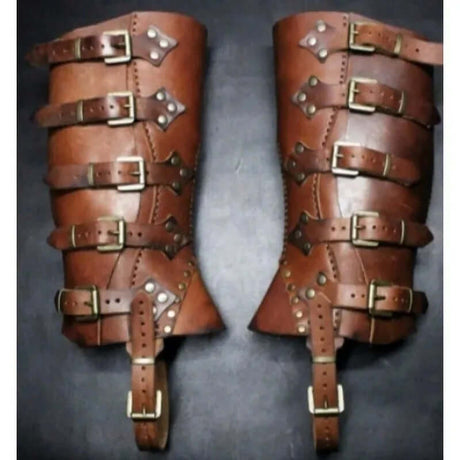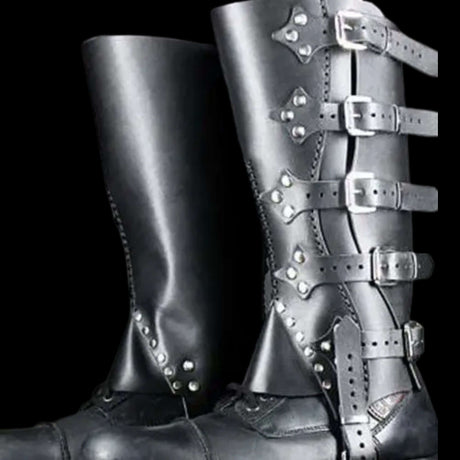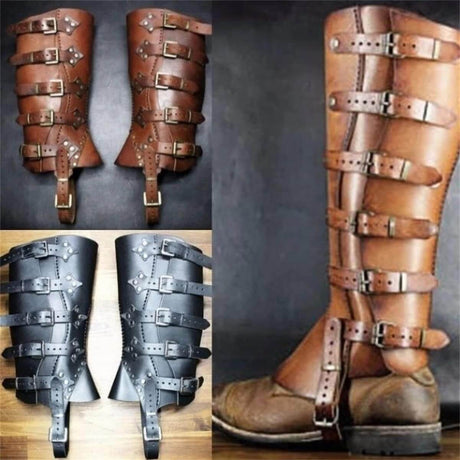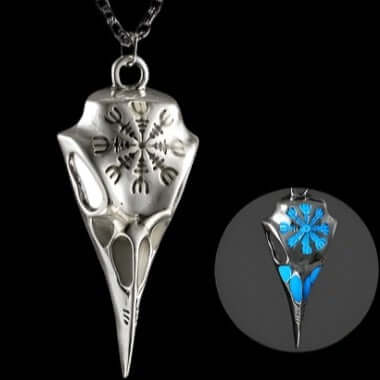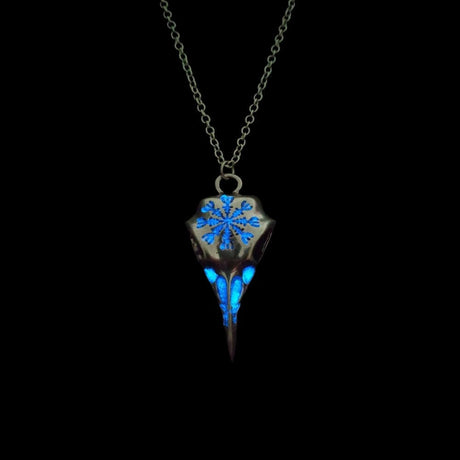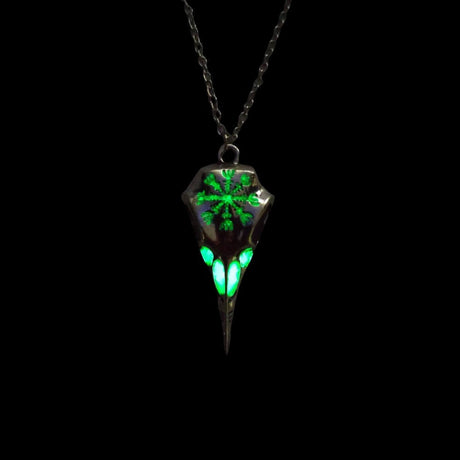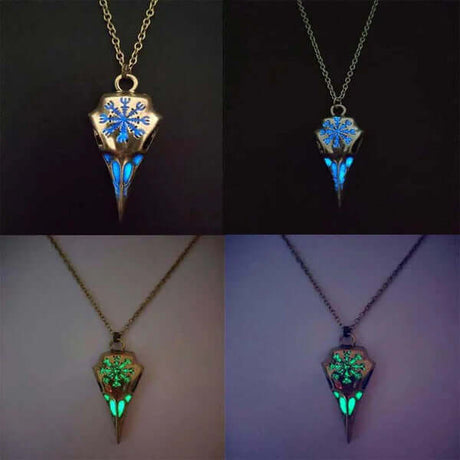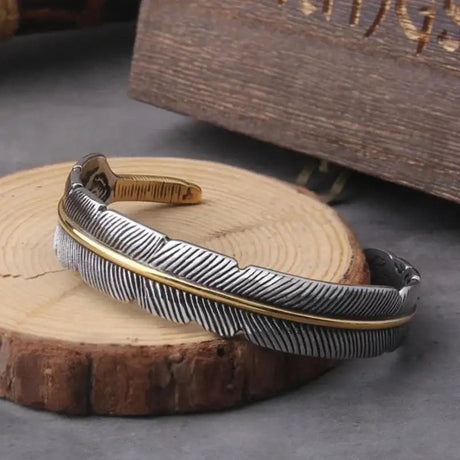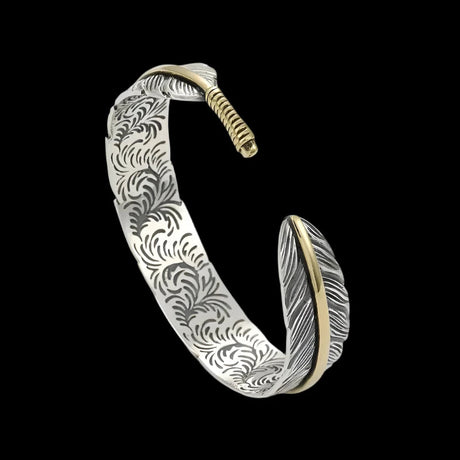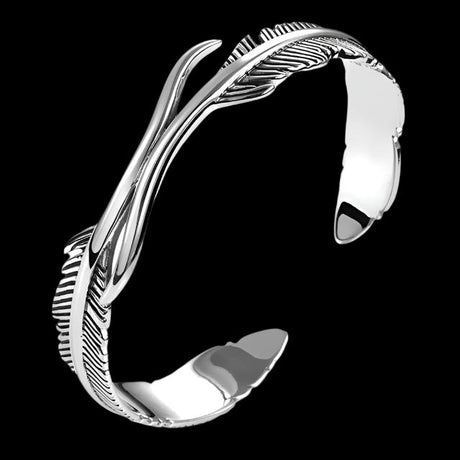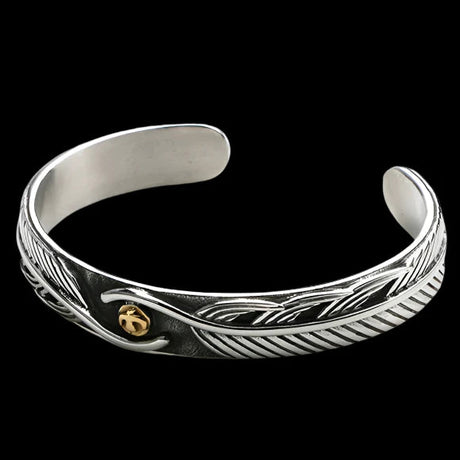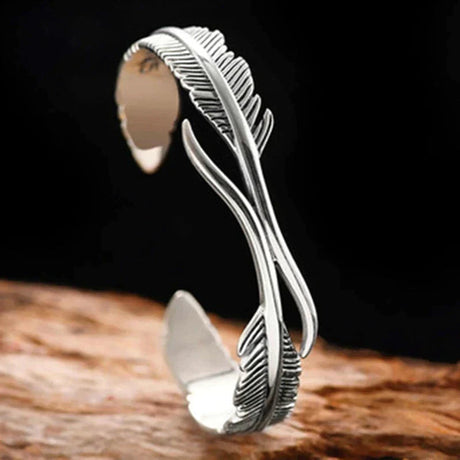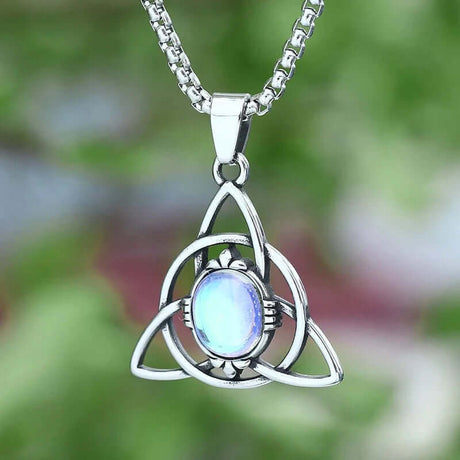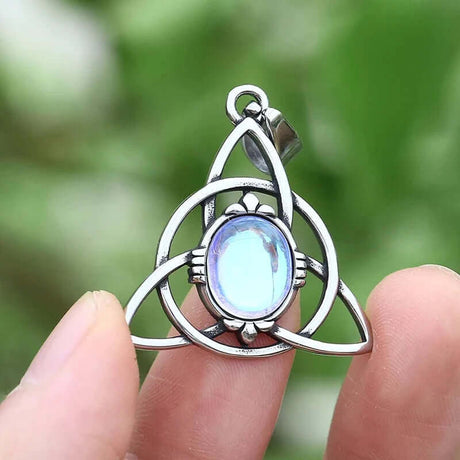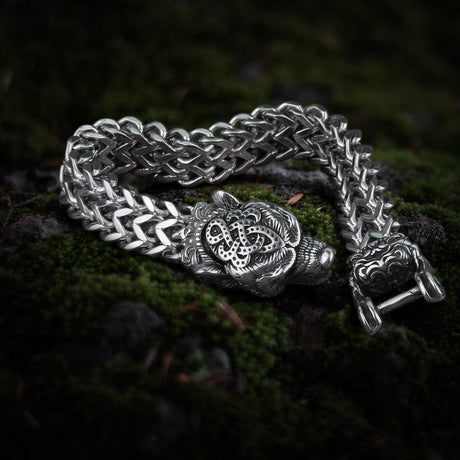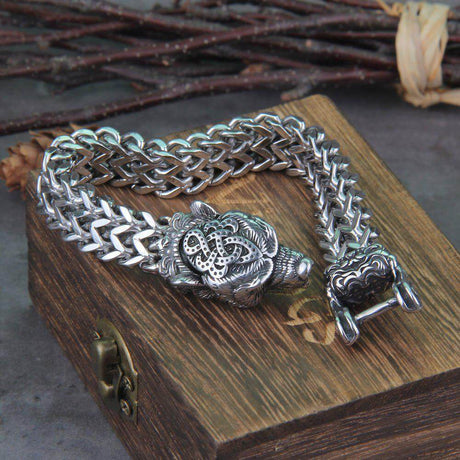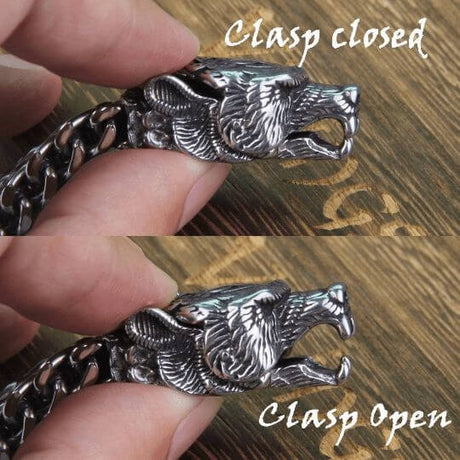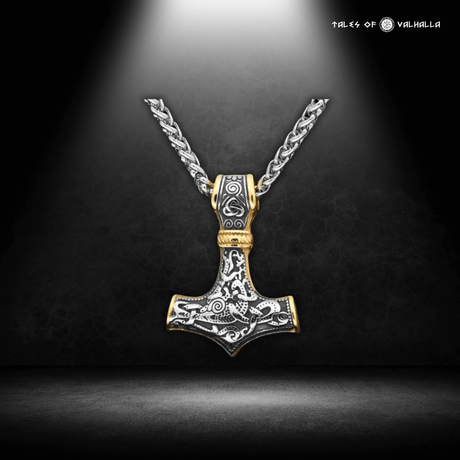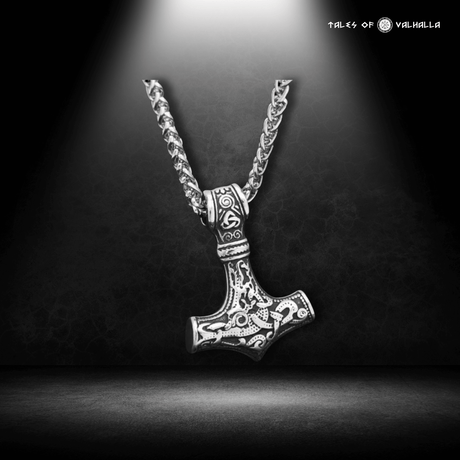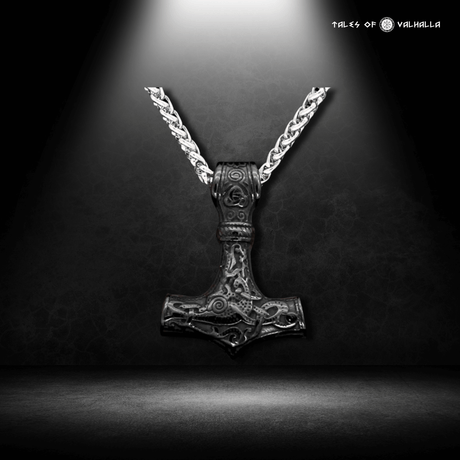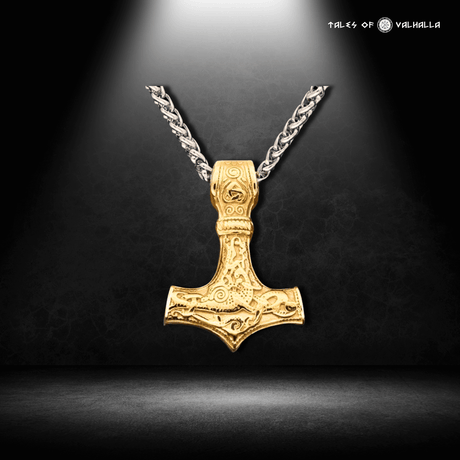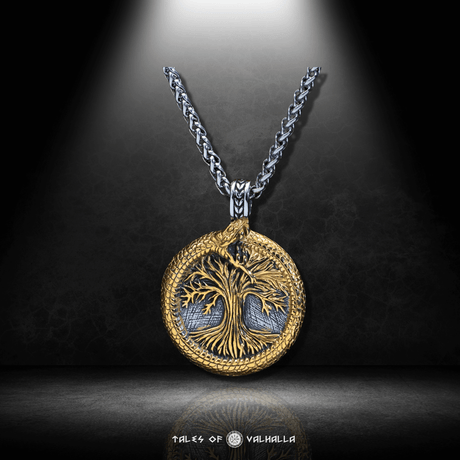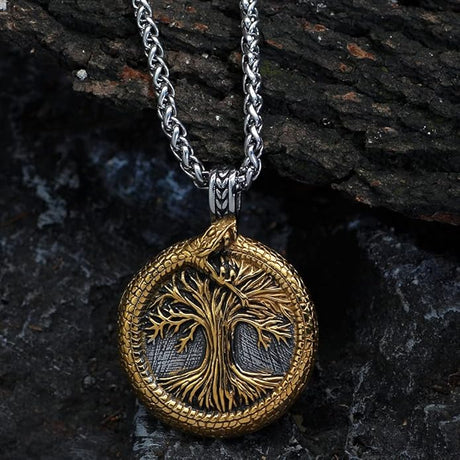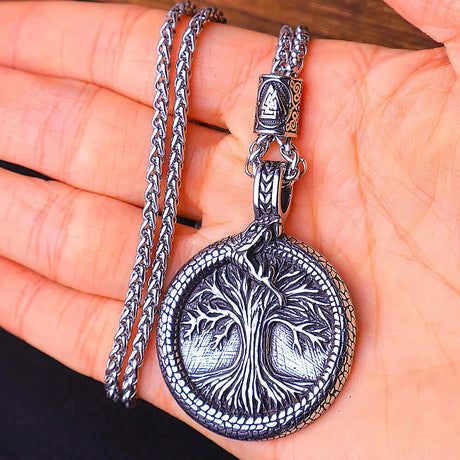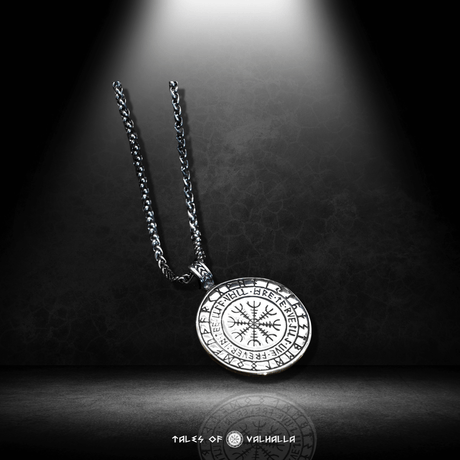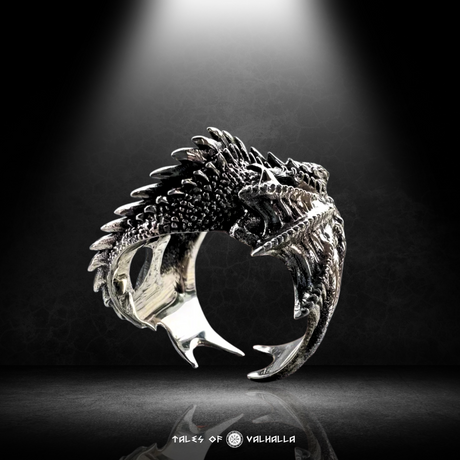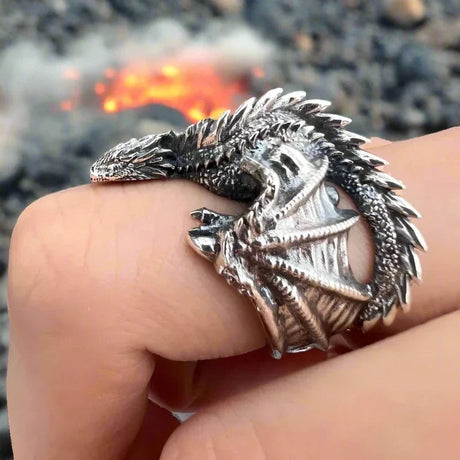The world of Norse runes is steeped in mystery, magic, and ancient wisdom. For centuries, these enigmatic symbols have captivated historians, archaeologists, and enthusiasts of Norse mythology alike. This comprehensive guide will delve into the depths of Norse runes, exploring their origins, meanings, and uses in both ancient and modern times. Whether you're a novice or an expert, there's always something new to discover about these fascinating symbols.
The Origins of Norse Runes
Norse runes, also known as the Futhark, are a set of characters used in various Germanic languages before the adoption of the Latin alphabet. The term "Futhark" comes from the first six letters of the runic alphabet: Fehu, Uruz, Thurisaz, Ansuz, Raidho, and Kenaz. These symbols were not only used for writing but also held significant cultural and magical importance in Norse societies.
The earliest known runic inscriptions date back to around 150-200 AD, with the Elder Futhark being the oldest form of the runic alphabet. Comprising 24 characters, the Elder Futhark was used until around 800 AD, after which it evolved into the Younger Futhark. The Younger Futhark, with only 16 characters, was used during the Viking Age and into the early medieval period.
The Structure of the Runic Alphabet
The Elder Futhark

The Elder Futhark
The Elder Futhark consists of 24 runes, divided into three groups of eight, known as aettir. Each aett is associated with a particular god or goddess and has its own unique set of meanings and associations.
- First Aett (Freyr's Aett)
- Fehu (ᚠ) - Wealth, cattle, prosperity
- Uruz (ᚢ) - Strength, power, health
- Thurisaz (ᚦ) - Giant, protection, conflict
- Ansuz (ᚨ) - Wisdom, communication, divine power
- Raidho (ᚱ) - Journey, movement, change
- Kenaz (ᚲ) - Torch, knowledge, enlightenment
- Gebo (ᚷ) - Gift, partnership, generosity
- Wunjo (ᚹ) - Joy, harmony, success
- Second Aett (Heimdall's Aett)
- Hagalaz (ᚺ) - Hail, disruption, transformation
- Nauthiz (ᚾ) - Need, necessity, endurance
- Isa (ᛁ) - Ice, stillness, introspection
- Jera (ᛃ) - Harvest, reward, cycles
- Eihwaz (ᛇ) - Yew tree, resilience, protection
- Perthro (ᛈ) - Mystery, fate, secrets
- Algiz (ᛉ) - Elk, protection, sanctuary
- Sowilo (ᛊ) - Sun, success, vitality
- Third Aett (Tyr's Aett)
- Tiwaz (ᛏ) - Warrior, justice, sacrifice
- Berkano (ᛒ) - Birch tree, growth, fertility
- Ehwaz (ᛖ) - Horse, partnership, progress
- Mannaz (ᛗ) - Man, humanity, self
- Laguz (ᛚ) - Water, intuition, flow
- Ingwaz (ᛝ) - Seed, potential, growth
- Dagaz (ᛞ) - Day, clarity, breakthrough
- Othala (ᛟ) - Ancestral property, heritage, home
The Younger Futhark

The Younger Futhark
The Younger Futhark, used during the Viking Age, is a simplified version of the Elder Futhark, containing only 16 characters. This reduction made the runes easier to carve and use in everyday contexts. Despite having fewer characters, the Younger Futhark retained the magical and symbolic significance of its predecessor.
Norse Runes and Their Meanings
Each rune in the Norse runes alphabet holds multiple layers of meaning, often encompassing both a literal and symbolic interpretation. For example, the rune Fehu (ᚠ) represents cattle in a literal sense, reflecting the importance of livestock in ancient Norse economies. Symbolically, Fehu also represents wealth, prosperity, and abundance.
Understanding the meanings of Norse runes is key to unlocking their potential uses in divination, magic, and personal reflection. Here are a few examples of runes and their meanings:
- Fehu (ᚠ): Wealth, prosperity, new beginnings
- Uruz (ᚢ): Strength, vitality, raw power
- Thurisaz (ᚦ): Protection, conflict, defense
- Ansuz (ᚨ): Wisdom, communication, divine inspiration
- Raidho (ᚱ): Travel, change, movement
- Kenaz (ᚲ): Knowledge, enlightenment, creativity
- Gebo (ᚷ): Gifts, partnerships, generosity
- Wunjo (ᚹ): Joy, harmony, success
The Magical Uses of Norse Runes
Norse magic runes were used by ancient Norse practitioners for a variety of magical purposes. These ranged from protective amulets and talismans to complex rituals and spells. The belief in the power of runes was deeply ingrained in Norse culture, with runes being seen as a direct connection to the divine and the mystical forces of the universe.
One of the most common magical uses of runes was in the creation of bind runes. A bind rune is a combination of two or more runes into a single symbol, often used to amplify their individual powers or to create a specific magical effect. For example, combining the runes Fehu (wealth) and Algiz (protection) could create a bind rune intended to safeguard one’s prosperity.
Divination with Norse Runes
Runic divination, also known as rune casting, is a practice that dates back to ancient times. This method involves drawing runes from a bag or casting them onto a cloth or surface and interpreting the resulting patterns. Each rune drawn or cast provides insight into a particular aspect of life, offering guidance, warnings, or answers to specific questions.
There are various methods for performing rune divination, ranging from simple one-rune pulls to more complex spreads involving multiple runes. A common approach is the three-rune spread, which typically represents the past, present, and future or the influences, challenges, and outcomes of a situation.
- See more: What is Viking Rune?
Norse Runes in Modern Times
The fascination with Norse runes has endured through the centuries, and today, they continue to be a source of inspiration and study. Modern practitioners use runes for a variety of purposes, including divination, meditation, and magical work. The symbolic meanings of the runes are also incorporated into art, literature, and popular culture, reflecting their timeless appeal.
In addition to their mystical uses, Norse runes are studied by linguists and historians for their historical and cultural significance. The study of runes, known as runology, has provided valuable insights into the lives, beliefs, and languages of ancient Norse peoples.
Incorporating Norse Runes into Your Life
Whether you're interested in the historical aspects of runes, their magical properties, or their use in divination, there are many ways to incorporate Norse runes into your life. Here are a few ideas to get you started:
- Learn the Runes: Begin by familiarizing yourself with the runic alphabets, their meanings, and their associations. There are many books, online resources, and courses available to help you delve deeper into the world of runes.
- Practice Rune Casting: Try your hand at runic divination by creating or purchasing a set of runes and practicing different casting methods. Start with simple spreads and gradually work your way up to more complex readings.
- Create Bind Runes: Experiment with creating your own bind runes for specific purposes, such as protection, prosperity, or personal growth. You can carve these symbols into wood, stone, or metal, or draw them on paper or other materials.
- Incorporate Runes into Meditation: Use the symbols of the runes as focal points for meditation. Reflect on their meanings and how they relate to different aspects of your life.
- Wear Rune Jewelry: Many people choose to wear jewelry featuring runic symbols as a way to connect with their power and significance. Whether you prefer necklaces, rings, or bracelets, there are many options available to suit your style.
- Study Norse Mythology: Deepen your understanding of the cultural and mythological context of the runes by studying Norse mythology. This will help you appreciate the rich tapestry of stories and beliefs that surround these ancient symbols.

